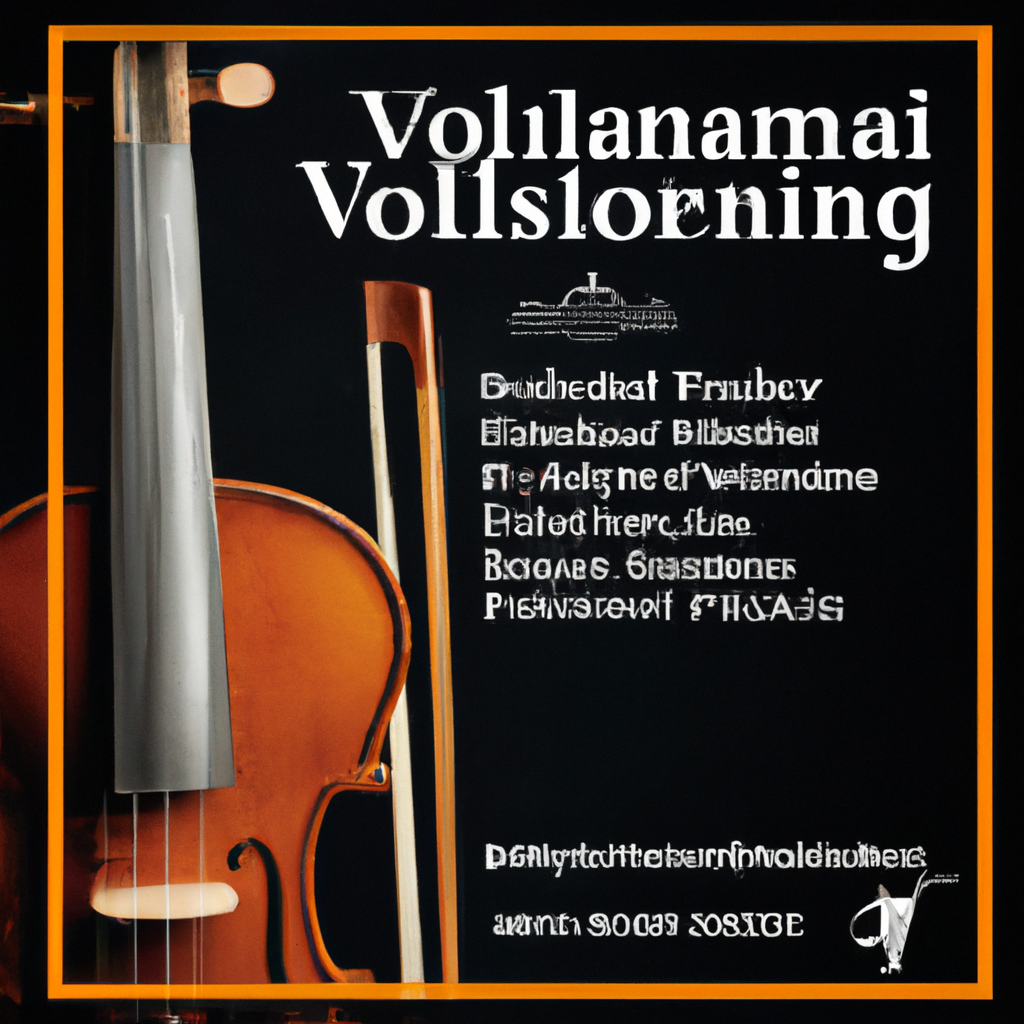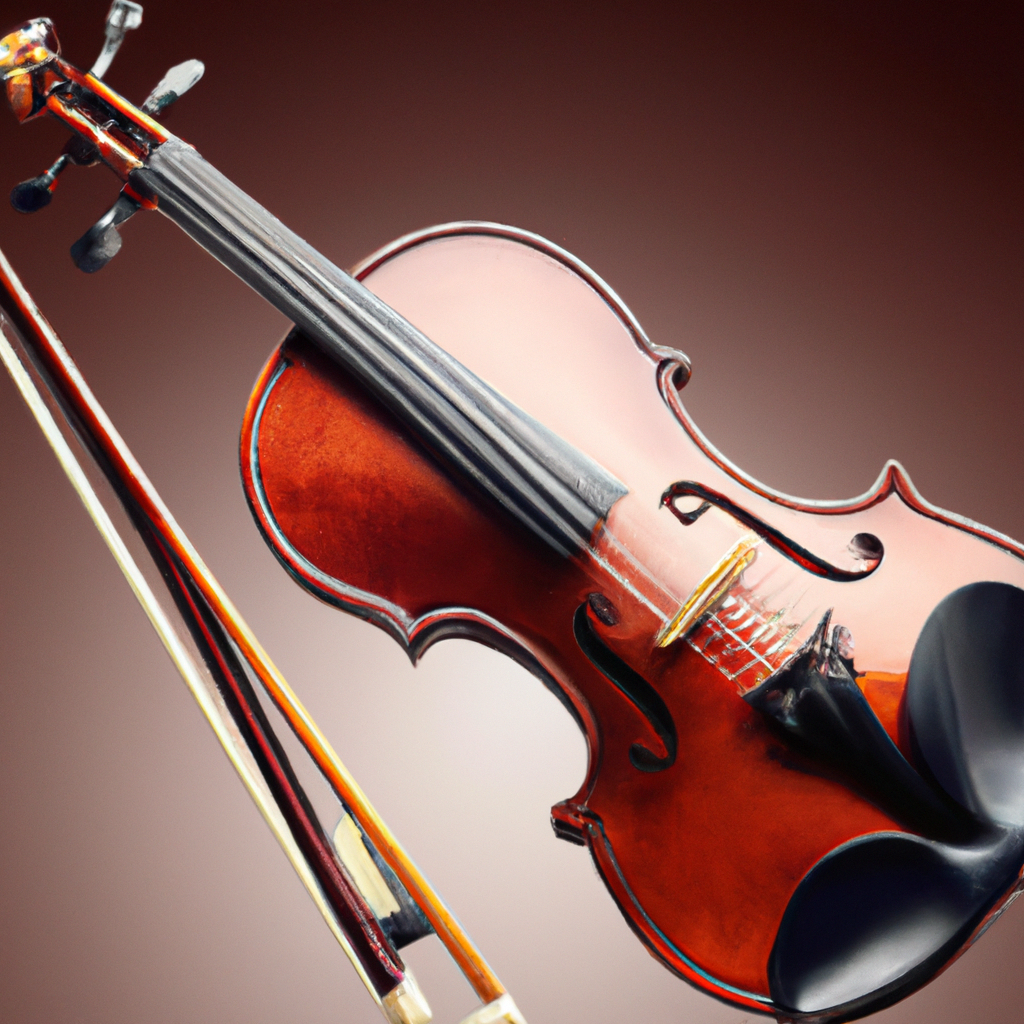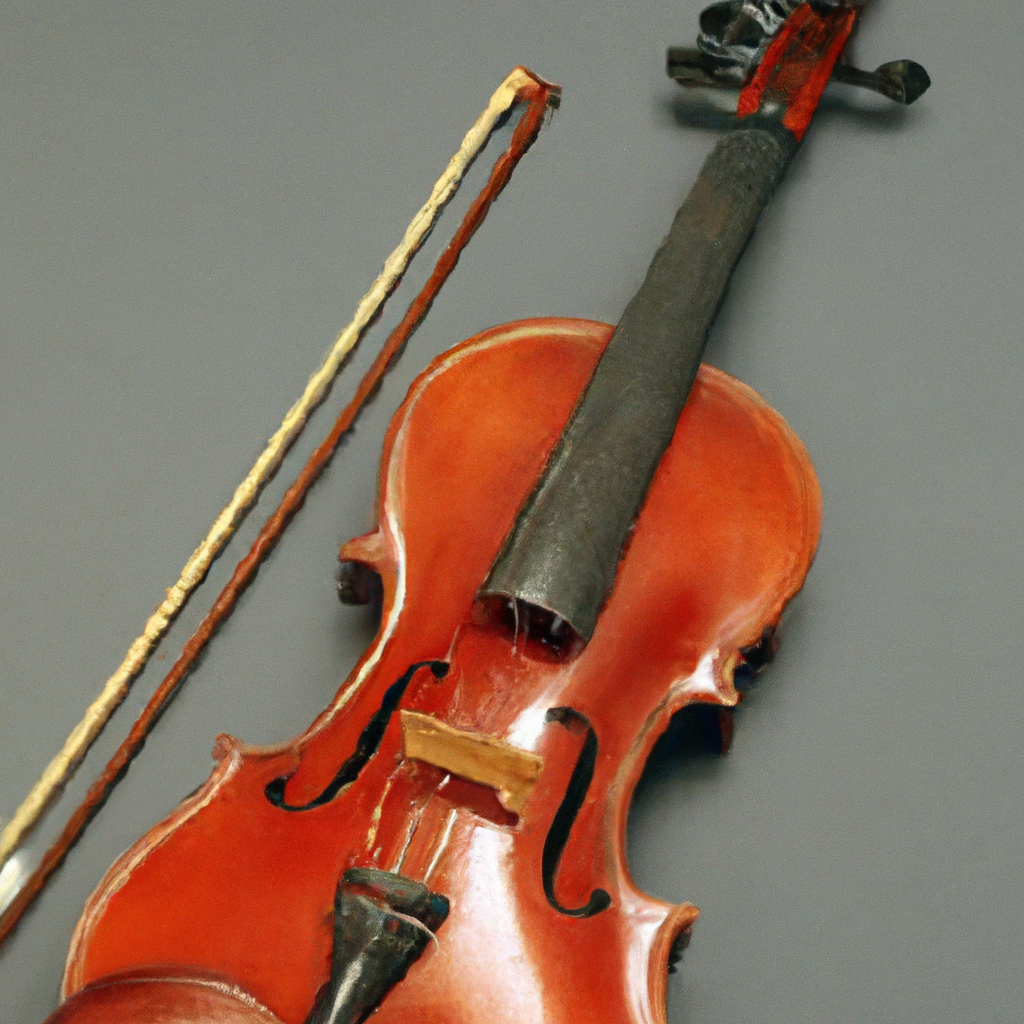
Choosing the right violin for beginners is a crucial step in their musical journey. The instrument they start with can greatly impact their progress and enjoyment of playing. Additionally, the budget plays a significant role in the decision-making process, as it determines the options available. This article aims to provide a comprehensive guide on how to choose the best violin for beginners according to different budget ranges.

Quality is of utmost importance when it comes to choosing a violin. A well-made instrument not only produces better sound but also lasts longer. Beginners should aim to find a good quality violin that will serve them well throughout their learning journey. Some key indicators of a well-made violin include the quality of materials used, the craftsmanship, and the reputation of the brand or maker.

Investing in a quality instrument has several benefits. Firstly, it ensures that the beginner is learning on a violin that is capable of producing good sound, allowing for proper technique development. Additionally, a quality violin retains its value over time, making it a valuable asset if the student decides to upgrade in the future.

Choosing the right size of violin is crucial for beginners, as an ill-fitting instrument can hinder their progress and cause discomfort. Violins come in various sizes, ranging from 1/32 to 4/4 (full size). The appropriate size depends on the player's age, arm length, and finger span. It's important to consult with a teacher or expert to determine the correct size.

In addition to size, the fit of the violin is also important for playing comfort and technique. The chinrest should be positioned correctly to provide support, and the shoulder rest, if used, should be adjusted for optimal comfort. A violin that fits well allows the beginner to focus on their playing without unnecessary strain or discomfort.
The sound and tone of a violin play a significant role in the player's overall satisfaction and musical development. Each violin has its unique tonal characteristics, which can vary from bright and focused to warm and mellow. The choice of sound is subjective and depends on the player's personal preference and the style of music they wish to play.
When evaluating the sound quality of a violin, there are a few factors to consider. The instrument should have good projection, meaning it can produce a strong and full sound. It should also have a balanced tone across all strings and registers. Testing the sound quality of a violin can be done by playing different passages in various musical styles and listening to the instrument's response.
Playability is crucial for beginners, as they are just starting to develop their technique and finger strength. A violin with good playability allows for ease of finger placement, smooth bowing, and comfortable shifting. It should not have any major flaws or issues that hinder the beginner's progress.
To test the playability of a violin, beginners can try playing scales, simple melodies, and basic techniques such as bowing and fingering exercises. This will help them assess the instrument's responsiveness and ease of play. Additionally, the neck and fingerboard should be comfortable to hold and navigate, ensuring a positive learning experience.
Beginner violins can range in price from as low as $100 to over $1000. It is essential to determine your budget range before starting the search for a violin. Factors to consider when determining your budget include your commitment to learning the instrument, your long-term goals, and your financial capacity.
Keep in mind that price generally correlates with quality, but there are exceptions. It's important to strike a balance between your budget and the quality of the instrument you are considering.
When buying a violin, it's crucial to seek the best value for your budget. Value for money means finding an instrument that offers good quality and performance at a reasonable price. To achieve this, it's recommended to try out multiple violins within your budget range and compare their sound, playability, and overall build quality.
When considering your budget, it's also important to decide whether to buy a new or used violin. Both options have their pros and cons. New violins offer the advantage of being in pristine condition and often come with warranties. On the other hand, used violins can offer better quality at a lower price, but the condition and playability should be carefully evaluated.
For those on a low budget, finding a good beginner violin can be a challenge. However, it is still possible to find affordable options that offer reasonable quality. One option is to look for rental programs or local music schools that offer violin rentals. This allows beginners to access a decent instrument at a fraction of the cost.
Another option is to search for used violins online or in local classifieds. However, caution should be exercised when purchasing a used violin, as its condition may vary. It's important to prioritize quality over price and thoroughly inspect the instrument before making a purchase.
For advanced beginners with a higher budget, investing in a top-quality violin can greatly enhance their playing experience. Some recommended violins in this range include:
Investing in a high-end instrument ensures the player can fully explore their potential and enjoy a lifetime of playing.
For beginners with a moderate budget, there are several good-quality violins available. Some recommended options in this range include:
These mid-range violins offer a balance between affordability and quality.
For those with a limited budget, there are still affordable options available. While compromises may need to be made, beginners can still find suitable instruments. Some recommended violins in this category include:
While these low-budget violins may not have the same level of quality as higher-priced options, they can still serve as a good starting point for beginners.
Consulting with a violin teacher or expert can greatly assist in making the right choice. Their knowledge and experience can provide valuable insights into selecting the appropriate instrument. It's important to find a trusted expert or teacher who can guide you throughout the process.
Trying out different violins before making a decision is crucial. Visit violin shops or attend instrument fairs where you can test and compare various instruments. This hands-on experience will help you evaluate the sound, playability, and comfort of each violin.
Before buying a violin, it's recommended to read reviews and do online research. Learning from others' experiences can provide valuable insights into the pros and cons of different instruments. Look for reliable sources such as reputable music websites and forums.
Q: What is the average price range for beginner violins?
A: Beginner violins can range in price from as low as $100 to over $1000. The price depends on factors such as the quality of materials, craftsmanship, and brand reputation.
Q: Is it possible to find a good quality beginner violin on a low budget?
A: While it can be challenging, it is still possible to find a good quality beginner violin on a low budget. Rental programs and used instrument options can provide more affordable choices.
Q: Are there any affordable options for renting a violin instead of purchasing one?
A: Yes, many music schools and rental programs offer affordable options for beginners to rent a violin. This allows them to access a decent instrument without the upfront cost of purchasing.